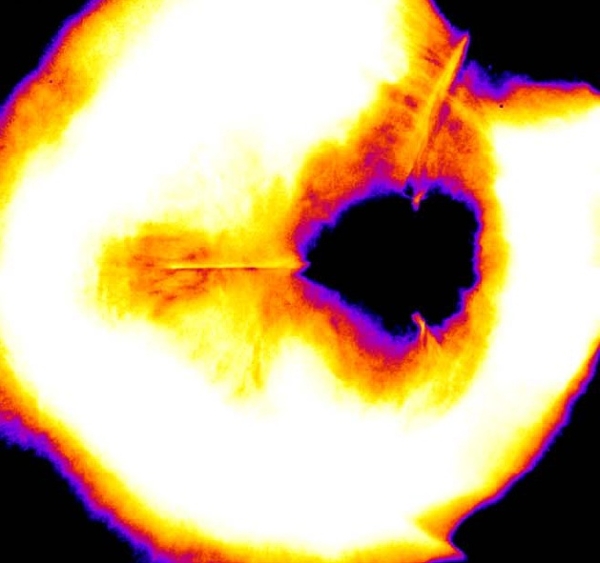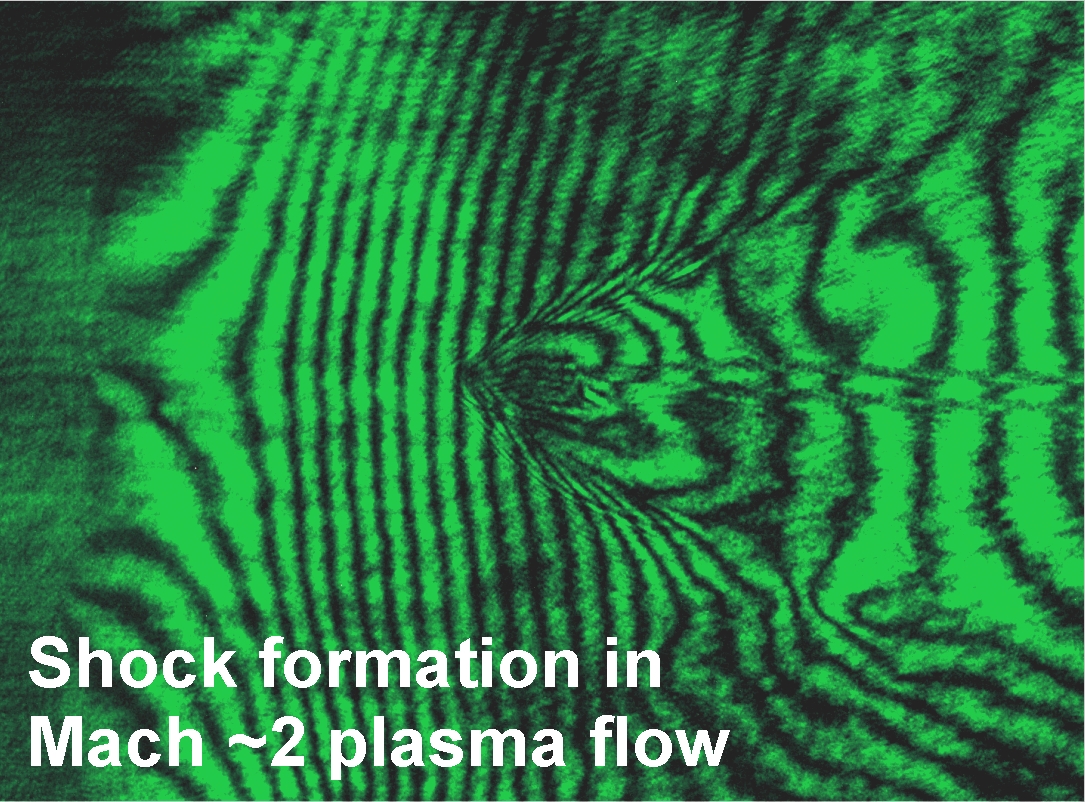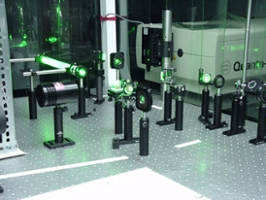Research
- Energy Storage
- Fusion Energy
- Energy Sciences
- Renewable Energy
- Fuel Cells
- Carbon Management
- Videos
HEDP | Pulsed Plasma Physics Group | Laser Matter Interactions | Center for Matter Under Extreme Conditions | Center for Frontiers in High Energy Density Science | ZNetUS
The Center for Matter under Extreme Conditions (CMEC) leads research and technological breakthroughs in High Energy Density Physics (HEDP) with emphasis on creation and diagnosis of extreme states of matter, both un-magnetized and magnetized, exploiting novel combinations of HED drivers to train future scientists, utilizing both modeling and experiments to develop a physics understanding of HED systems. The Center also addresses the complex, interdisciplinary scientific problems pertinent to the Stockpile Stewardship Program (SSP).
Principal Investigator: Farhat Beg

The HEDP group performs computer simulations and experiments at cutting edge laser facilities around the world, in order to study interactions of ultraintense lasers with solid and warm dense targets. Most experiments relate to the making of electron or proton beams that are able to ignite fuel via Fast Ignition; an advanced approach to Inertial Confinement fusion. Some of the issues we investigate include physics of laser/plasma interactions, improving laser-to-beam energy efficiency via target design, particle transport in warm dense matter, beam/plasma instabilities, and energy deposition in dense matter. The HEDP Group also studies Z-pinch plasmas- plasmas confined by an electrical current that runs along the z-axis- driven by pulsed power generators. These plasmas have applications in Inertial Confinement Fusion (ICF) and astrophysical plasmas. Experiments are carried out on campus using state of the art compact linear Transformer drivers.
Principal Investigator: Farhat Beg

The Pulsed Plasma Physics Group investigates the properties of plasmas generated using high power electrical pulses and lasers, and how these can be used to investigate outstanding issues in plasma physics. These high energy density plasmas are often dense, fast-moving and strongly cooled, and experiments can be designed to examine a variety of topics. Of particular interest is the formation of flows and shocks in these plasmas, and how experiments can help understand aspects of star-formation and supernovae explosions. In energy research, we investigate an approach to fusion energy called inertial confinement, and how this might be incorporated into a power station design. The group compares experimental data from our on-campus laboratory to those from collaborators’ experiments and sophisticated computer codes to unravel the key mechanisms behind these processes.
Principal Investigator: Simon Bott-Suzuki

The Laser-Matter Interactions Group studies the interactions of high-energy short-pulse lasers with matter. Experimental studies are performed in the Laser Plasma and Laser Matter Interactions Laboratory, which houses several solid-state and gas lasers as well as an extensive suite of diagnostics. Applications of our work include soft xray light sources for next-generation semiconductor lithography, optics damage, surface patterning, LIBS (laser induced breakdown spectroscopy), PLD (pulsed laser deposition) and inertial fusion chamber dynamics.
Principal Investigator: Mark Tillack
Principal Investigator: Farhat Beg
ZNetUS is a newly established consortium of scientists from academia and national laboratories. While still in the early stages, the consortium will facilitate students and researchers to work on multiple facilities.
The goals of ZNetUS are:
Farhat Beg is the organizing member. As of November 2020, an Executive Committee has been established. To join the email list to receive updates, proposal calls for user time and more, please email cer@ucsd.edu.